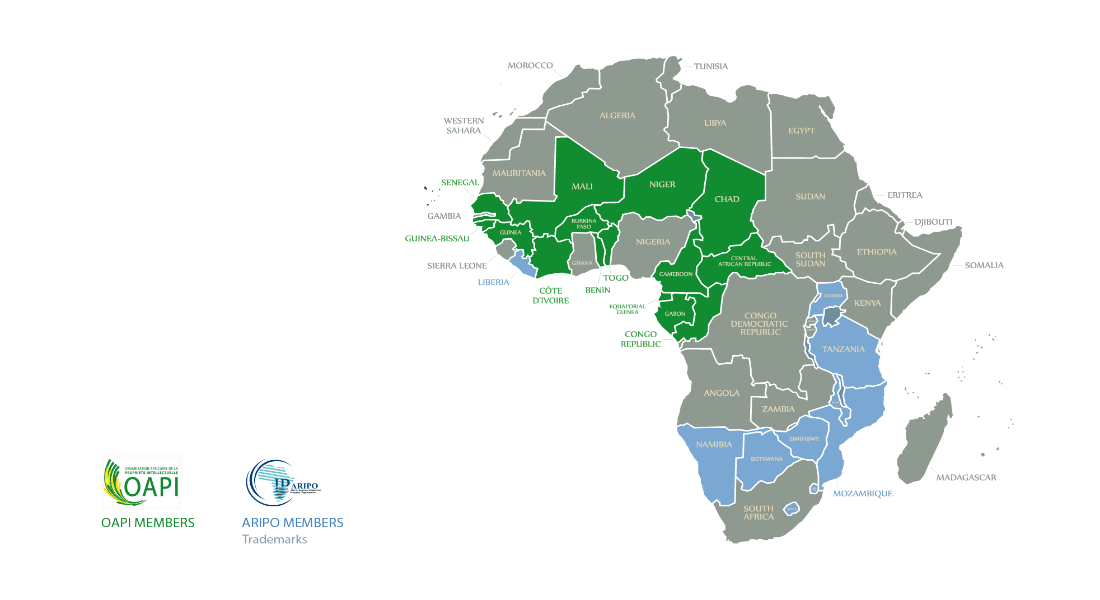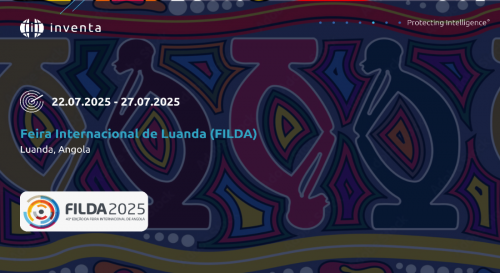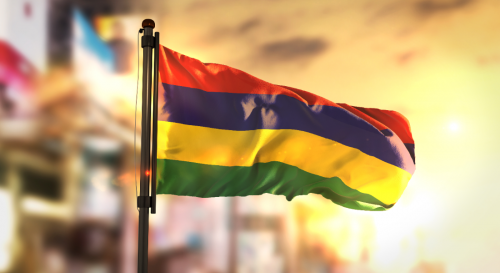
A brand owner’s guide to Africa’s regional IP agreements
Africa is a vast continent with 54 countries and a plethora of legal traditions that can bewilder trademark applicants wishing to protect their intellectual property in this fast-growing region. The continent boasts two regional agreements, which allow multi-jurisdictional trademark applications: the African Intellectual Property Organisation (OAPI) and the African Regional Intellectual Property Organisation (ARIPO). These two organisations cover 27 countries and greatly facilitate the process of applying for and protecting trademarks in Africa.
OAPI
OAPI was created in 1977 by the Bangui Agreement and has 17 member states. It offers protection in mostly French-speaking countries of West Africa, namely Benin, Burkina Faso, Cameroon, Central African Republic, Chad, Congo, Cote D’Ivoire, Comoros, Equatorial Guinea, Gabon, Guinea, Guinea-Bissau, Mali, Mauritania, Niger, Senegal and Togo.
OAPI’s trademark registration system is automatic and unitary. Therefore, an application will cover all member states without the need for subsequent formalities and trademarks cannot be refused in connection with one or a few member states.
Further, member states do not have trademark laws or subregional registration systems. Therefore, it is not possible to seek national protection with the Bangui Agreement functioning as a region-wide IP code.
The usual time frame from application to registration is 10 to 14 months. The opposition period is six months after the date of grant.
ARIPO
ARIPO was established in 1976 by the Lusaka Agreement as an umbrella treaty to foster cooperation on IP matters between member states. It has been further developed by several implementing treaties, which deal with individual IP rights, such as the Banjul Protocol on Marks (1993). ARIPO’s Banjul Protocol members are mostly English-speaking countries, namely Botswana, Eswatini, Lesotho, Liberia, Malawi, Mozambique, Namibia, Sao Tome and Principe, Tanzania, Uganda and Zimbabwe.
The most interesting component of the ARIPO registration system is that, unlike OAPI, it requires applicants to designate the individual member states in which protection is sought, and an application can be refused in connection with some member states without cancelling the whole trademark or affecting other designations.
Upon receiving an application, ARIPO will conduct a formal review and forward the trademark to the designated national IP offices for examination according to their national trademark laws, which may include a prior mark search.
The usual time frame from application to registration is 12 to 18 months. The opposition period is three months after publication in the regional Marks Journals.
The ARIPO registration system is less straightforward than OAPI’s and relies heavily on each member state’s ability to adapt its national trademark laws and practice to the Banjul Protocol. While this can be construed as a shortcoming, it is actually its strength, as it is more adaptable and future proof, and makes it easier for new countries to participate.
Comment
The growth of cross-national African trade spearheaded by the ratification of regional free trade agreements will foster the expansion and improvement of regional trademark registration systems. Companies with economic interests in Africa that wish to expand their trademark portfolio should be aware of the advantages of ARIPO and OAPI as they enable cost-efficient and effortless protection strategies.
This is a co-published article, which was originally published in the World Trademark Review (WTR).
Currency Info
Final charges will be made in USD.
Currency conversion is for information purposes only and accuracy is not guaranteed. Overseas customers are encouraged to contact their bank or credit card provider for details on any additional fees these institutions may include for currency conversion.
Territory List
There are no results for your search.
- Africa
- Algeria
- Angola
- Benin
- Botswana
- Burkina Faso
- Burundi
- Cameroon
- Cape Verde
- Central African Republic
- Chad
- Comoros
- Congo (Republic)
- Côte d'Ivoire
- Democratic Republic of the Congo
- Djibouti
- Egypt
- Equatorial Guinea
- Eritrea
- Eswatini (Swaziland)
- Ethiopia
- Gabon
- Gambia
- Ghana
- Guinea
- Guinea-Bissau
- Kenya
- Lesotho
- Liberia
- Libya
- Madagascar
- Malawi
- Mali
- Mauritania
- Mauritius
- Mayotte
- Morocco
- Mozambique
- Namibia
- Niger
- Nigeria
- Réunion
- Rwanda
- Sao Tome and Principe
- Senegal
- Seychelles
- Sierra Leone
- Somalia
- South Africa
- South Sudan
- Sudan
- Tanzania (mainland)
- Togo
- Tunisia
- Uganda
- Western Sahara
- Zambia
- Zanzibar
- Zimbabwe
- Africa (OAPI)
- Africa (ARIPO)
- Other
- East Timor
- Macao
- Maldives
- Portugal
- European Patent (EPO)
- European Union Trademark (EUTM)
- International Trademark (Madrid System)
- Patent Cooperation Treaty (PCT)




